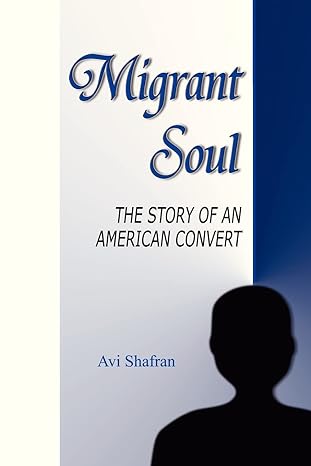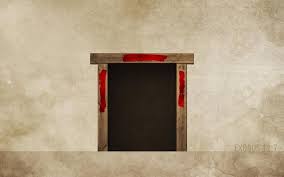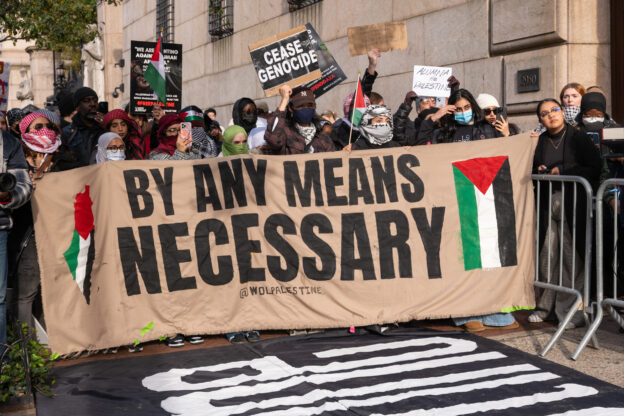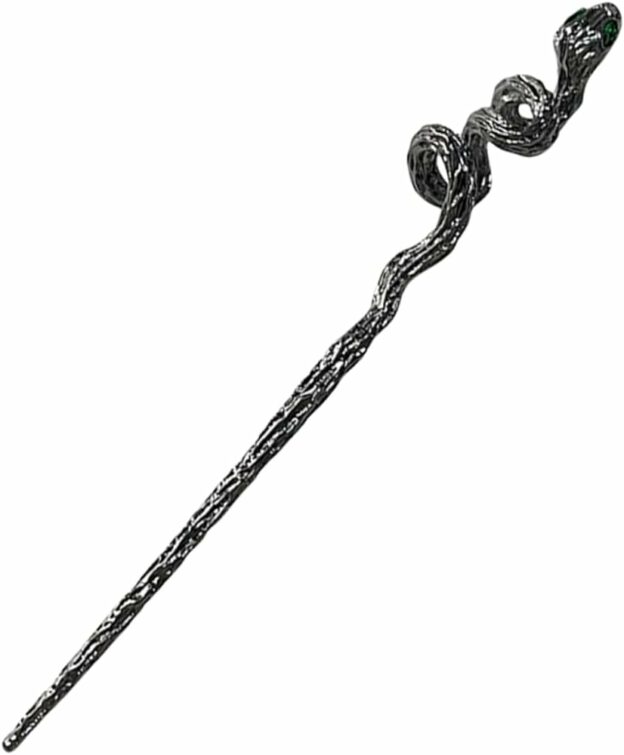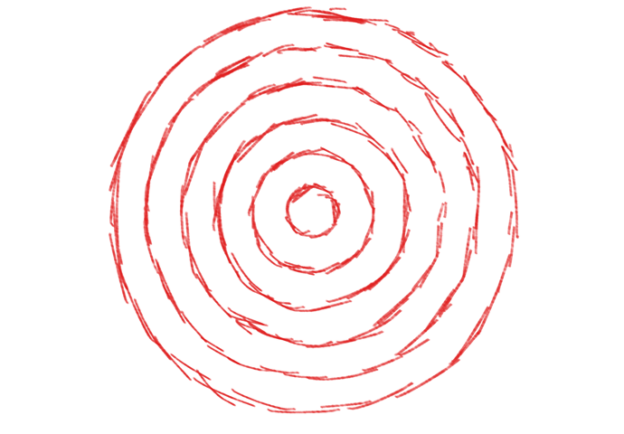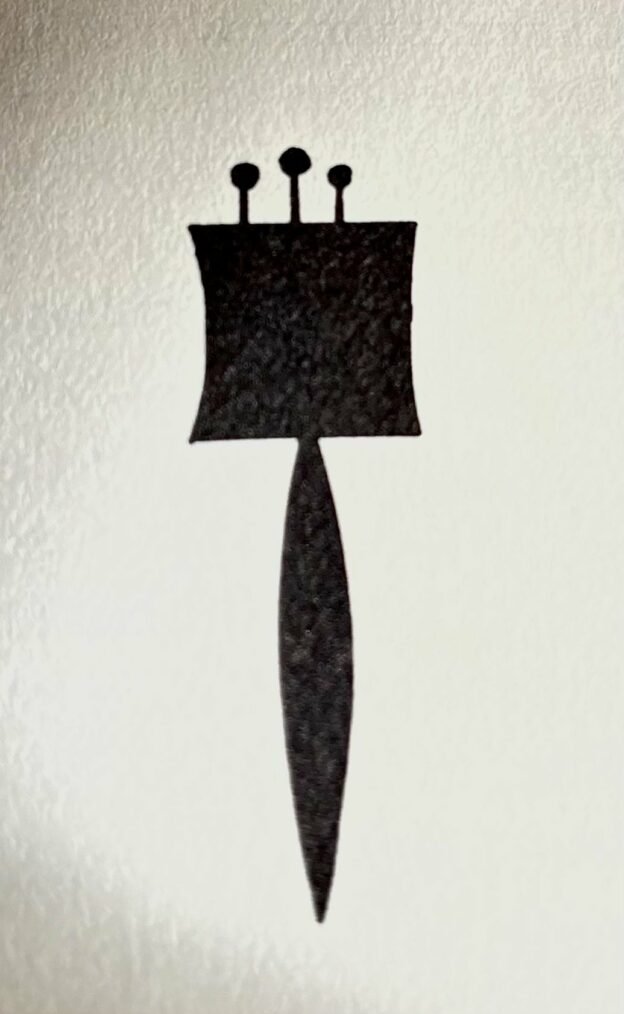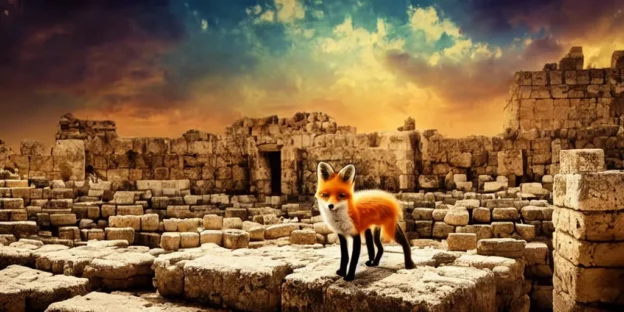That Yaakov’s descendants are commanded by Hashem to place the blood of the korban Pesach on the doorposts and lintels of their homes’ doors (Shemos 12:7) is certainly intriguing.
Considering that the Gemara on the first amud of massechta Yoma teaches that “baiso zu ishto,” that the word “his home” in the Torah implies “his wife,” blood on the doors of homes would seem to embody the metaphor of niddah. What pertinence could that possibly have here?
That premise, though, is wrong. The Gemara refers to two types of blood, daam niddah and daam leidah. It’s not niddah being metaphorized here, but, rather, leidah, birth.
Because something was indeed born out of the blood-adorned doors in Mitzrayim: a nation. A new collective entity called Klal Yisrael.
In Mitzrayim, the Jews were all related to one another but they could reject that connection. Indeed, many did, and did not merit to leave Mitzrayim, dying there instead.
On their last night in Mitzrayim, though, the rest of the Jews underwent a change. With blood on their doorways and matzoh in their packs, they followed Moshe into the daunting desert, knowing not what awaited them. And became an entity whose members, and descendants throughout history, are part of an organic whole, no matter what any of them may choose to do.
Which is why, in the words of the Gemara, “A Jew who sins is still a Jew,” in every way. There is no longer any option of “opting out” of Klal Yisrael.
And so, blood in Judaism is a symbol not of death, but of birth.
The words of the navi Yechezkel (16:6) poignantly reflect that fact:
Referring to “the day you were born,” Hashem, through the navi, tells His people: “And I passed by you as you wallowed in your blood, and I said to you, ‘in your blood, live.’ And I said to you, ‘in your blood, live’.”
© 2024 Rabbi Avi Shafran
